The 3D rendering market is constantly changing and improving itself. As a freelance CAD designer and engineer, you should too. Everyone from massive companies like Ikea to small start-ups has begun to see the numerous rewards that 3D rendering brings to their business. But to keep up with the technology’s ever-changing updates, they need an expert designer to help them. That’s where you come in.
Let’s take a step back to look at how far technology has gone in such a short amount of time. Twenty years ago, the idea of virtually transporting oneself to a whole new place probably fit better in a science fiction novel than reality in most people’s minds. But this rising technology has already begun to take over the country.
Take Toms, a famous shoe company known for donating one pair of shoes for every purchase a customer makes. They took their marketing strategy to a whole new level with its Toms Virtual Giving Trip campaign. When users put on their virtual headsets, they were transported to Peru, where they followed Toms founder Blake Mycoskie as he traveled to a rural elementary school.
When he and his team arrived, viewers watched them donate pairs of Toms shoes to the children—an act made possible from their purchases. Not only could they watch the gift exchange, but they could also feel as if they were there in person.
This is one of the hundreds of examples of companies maximizing 3D rendering services capabilities. Want to put yourself at the top of their lists for recruiting? Check out these 3D rendering trends that are on track to disrupt the domestic and global market as we know it.
1. 3D Rendering and the Rise of VR and AR
With the help of 3D rendering technology, virtual reality (VR) and augmented reality (AR) has advanced to new heights. Images are more realistic looking than ever, so much so that they are sometimes difficult to distinguish from actual photographs. Using this technology also tends to be cheaper than photographing or videoing objects for campaigns. As a result, 3D rendering can open new doors for companies across different industries.
Virtual Reality (VR)
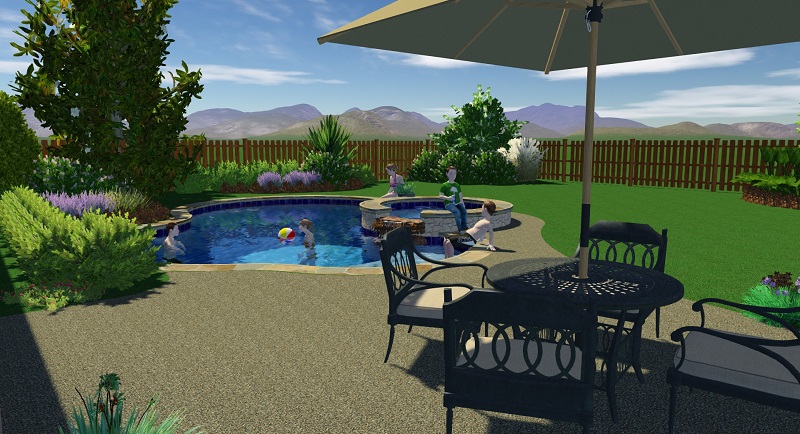
Back in the old days, designers could only create 3D blueprints and drawings to convey their visions to clients. But thanks to 3D rendering and virtual reality, they can instill a unique sense of life to both still designs and moving images. Stakeholders have already begun to take note of all that virtual reality has to offer.
But how does it work exactly?
Users place a VR headset over their eyes before being transported to a whole new virtual world. When the technology first emerged, it was limited to an elite few. It was simply too expensive to release on the mass market. But as it continues to improve and become less expensive, more users can access it.
Even something as simple as Google Cardboard can give viewers an exciting and immersive experience. As a result, an increasing number of companies are starting to invest and implement VR headsets into their products.
Virtual Reality In Entertainment
Film and video game companies are well-known among consumers for their virtual reality capabilities. With the simple gesture of a hand or the quick turn of the head, players can directly interact with a video game. Sony Computer Entertainment, for instance, offers users a PlayStation VR designed for the PlayStation 4 home video game console. Software company Valve also sells a VR headset called Vive that allows users to fully immerse themselves in hundreds of games and apps.
Going even further, individuals can use VR video games for exercise. Back when Wii Fit launched, users started to take advantage of the game’s virtual reality capabilities to play simulated versions of tennis, baseball, and boxing. VR fitness video games have long since advanced in sophistication and gaming options.
Black Box VR, for example, is a boutique fitness center that provides a fully immersive virtual reality gym experience. Players must use their speed, strength, and endurance to win games and advance through levels.
Virtual Reality In Design and Construction
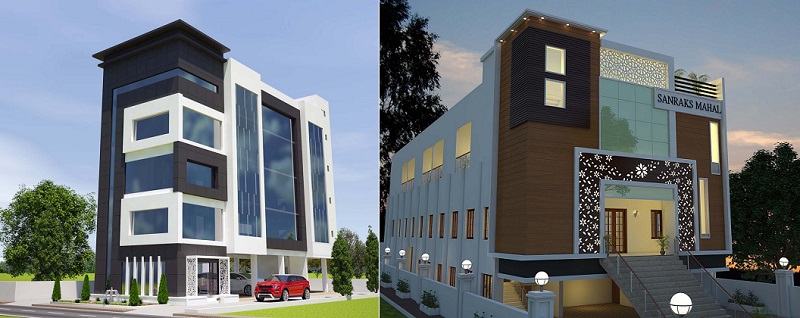
Design, architectural design companies, and construction companies have also found great value in implementing virtual reality technology into their marketing campaigns and products. Real estate owners can offer visitors virtual walkthroughs of 3D modeled apartments and houses. Furniture manufacturers can stage a room containing different furniture sets for visitors to walk through and examine.
Augmented Reality (AR)
Augmented reality, a platform in which real-world objects are interlaced with computer-generated graphics, has also taken the world by storm. AR is typically used in conjunction with smartphone cameras. While it isn’t as “immersive” as virtual reality, you shouldn’t underestimate the abilities of AR.
For instance, Bose has already begun to implement augmented reality into its products. Bose AR-enabled products contain motion sensors that can detect a user’s head orientation and body movement. Bose AR-enhanced apps then use this information along with location data taken from the user’s mobile device to provide tailored audio content for them.
One augmented reality app slowly gaining traction online helps veterans manage their anxiety. It’s called Healium AR. The app combines storytelling, neuroscience, and advanced game design to immerse users into virtual worlds and help them maintain a sense of calmness. Users sync their Apple Watches to their phones, thus allowing the app to track their heart rate.
As they begin to take deep breaths using the app’s guided meditation service, a solar image augmented with the user’s actual environment illuminates. While Healium AR is not a complete replacement for therapy and medication, it has been proven to reduce anxiety in users in as little as four minutes.
2. 3D Rendering for Showcasing Different Views of an Interior
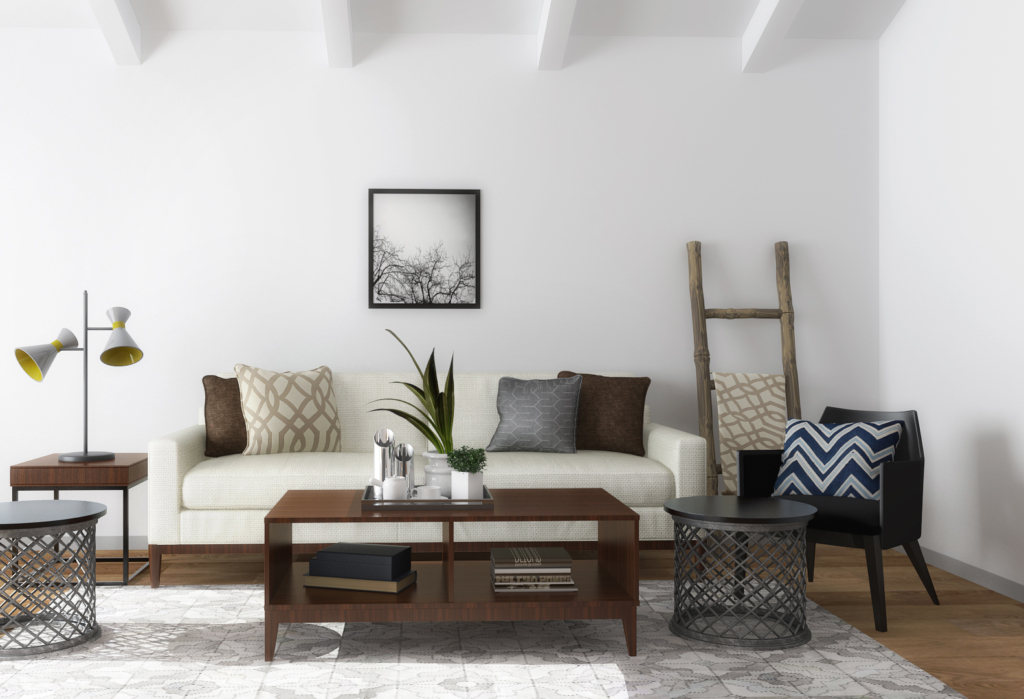
3D rendering is becoming increasingly popular among interior design services and architects. And for good reason. Artists can render unique angles of a room that would be impossible for a normal photographer to portray. Two of the most popular angles used by designers are the dollhouse and side-cut perspectives. Both perspectives are easy to interpret and give great insight into the interior of a building.
Dollhouse Views
Through a dollhouse view, a user can view a room from a top-down perspective with a slightly isometric angle. Designers often add the angle to give the room more depth. The scale and layout of the room are accurate and easy to interpret.
Side-Cut Perspectives
The side-cut perspective is pretty self-explanatory. If one were to slice open the center of a house, they would see its side-cut perspective. This angle is perfect for viewing multi-story properties and townhomes. Users can see how each floor looks and where each room is located relative to one another.
3. Photorealistic Imagery and Static Diagramming
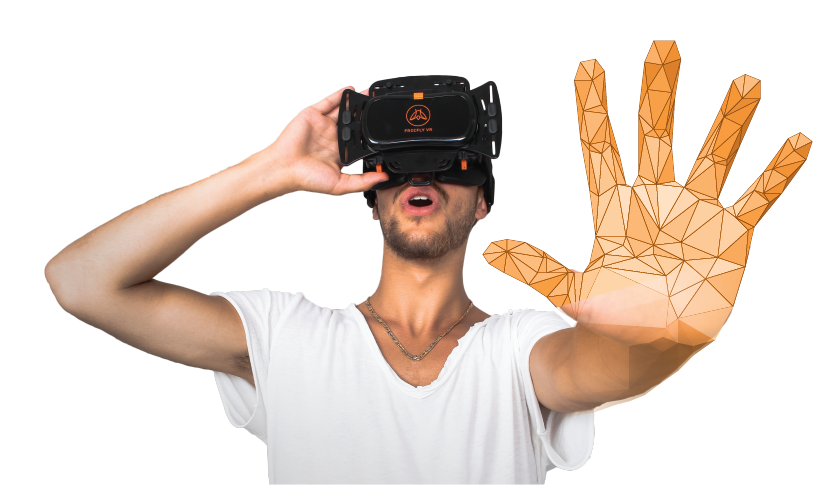
Static diagramming is perfect for companies looking to showcase various elements used in the behind-the-scenes process of designing a product. Architects, in particular, must articulate all of the systems and objectives that went into a project to stakeholders.
Because the stakeholders aren’t usually architects themselves, all of this information must be described in layman’s terms. The rule of thumb is that if your grandmother can’t understand the design, then it is time to go back to the drawing board and revise it.
Using static programming to display isolated design components such as programming, circulation, plumbing, and mechanical systems, views, and other environmental and site characteristics is popular among designers and architects.
By implementing static diagramming into their presentation, a designer can skillfully explain the thought process behind their final product’s design. Any questions the stakeholders or clients might have regarding a particular aspect of the project can quickly be answered and justified.
4. An Increase In Reliance On 3D Rendering for Stronger Sales Conversions
Did you know that shoppers consider their ability to view a product more than the product’s details, description, and reviews when deciding whether or not it’s worth purchasing? Who knew such a large decision ultimately boiled down to an image provided on the company’s website?
Not only that, but ads and social posts containing high-quality images have a higher click-through rate than those that have no images or low-quality photos or designs. Because humans are visual creatures, this statistic should come as no surprise to marketers and advertisers. No wonder everyone from interior designers to fashion houses are starting to rely more on 3D rendering to display their products.
3D rendering provides images that rival and even beat regular photographs and graphic designs. It usually costs less to 3D render an image than to photograph one. As a result, companies are both saving and earning more by implementing 3D rendering into their marketing plans.
5. Physically Based Rendering for Increased Realism
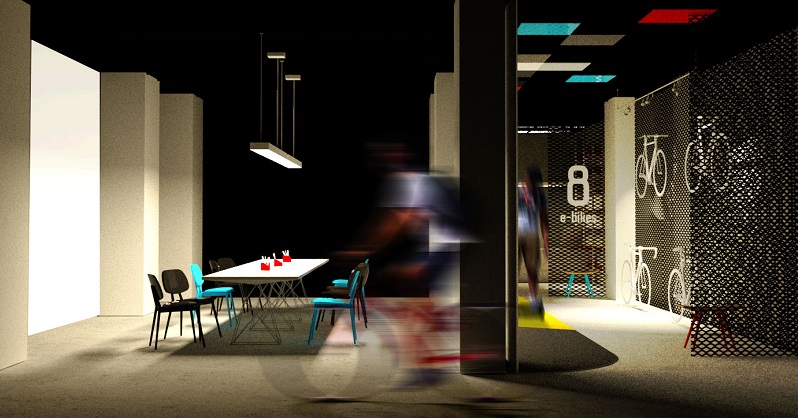
Physically Based Rendering (PBR) is a standardized system used by 3D animation services to add a sense of realism to their creations. It is used in everything from furniture catalogs to video games to films. With PBR, designers can simulate the relationship between light and materials in their designs in the same manner that it would occur in real life. Artists also take advantage of the texture of an object to make it more realistic. With PBR, they can create material containing reflections, bumps, and shadows.
6. New Uses for Realistic CGI In Film and Animation
3D rendering is beginning to make waves in the animation world.
Short films and animations are perfect for bringing a design to life, which is why so many companies across different industries have begun to integrate them into their marketing efforts. They are also perfect for showcasing plans for transforming a space or plot of land. However, campaigns also need strong visuals that will grab people’s attention and entice them into purchasing their company’s products. This is where 3D rendering comes in.
Imagine going through a hyper-realistic, virtual tour of your future home. Walking or even flying through a 3D interior allows you to view rooms and passageways in a manner that rivals physical tours. Viewing flat images and blueprints do not give you the viewing experience that 3D rendering provides.
7. Combining 3D Rendering with Traditional Sketching and Watercolor Techniques

Many traditional designers use sketching and watercolor fusion to make their designs more realistic-looking. This technique involves the fusion of different color combinations, use of space, and various textures to create a realistic image for viewers. Architects who are used to following this method need not worry about abandoning it should they start to utilize 3D rendering to create their designs. Most architectural rendering tools come equipped with numerous built-in features, textures, and models.
8. 3D Printing Continues to Grow In Lucrativeness
Thanks to new advances in 3D rendering, creating a design prototype has never been easier. Rather than attempting to build a model out of gyp board and foam core, designers can simply print 3D product models. This saves them precious time and money. Learning how to 3D print models and prototypes will become invaluable for your future freelance projects as more businesses begin to use them.
9. 3D Capturing and Data Mapping
3D mapping technology projects both 2D and 3D objects onto a display surface through spatial mapping. Advertisers and artists then use this 3D mapped design to add dimension, movement, and depth to various objects within it.
This lucrative technology is vital to architectural and design firms across the nation. For instance, the Bureau of Reclamation relies on reality capture and 3D models to help protect Arizona’s Glen Canyon Den, which provides life-sustaining water and power to the western U.S. Because the Den’s condition has worsened over the years due to service and aging, the Bureau must continually capture massive data on the site to keep it well-maintained.
10. 3D Rendering for Green Architecture

As climate change continues to grow worse during each passing day, architecture firms are attempting to invest in projects that encourage green architecture. Buildings with green-covered rooftops or apartments with rainwater harvesting methods are popular strategies among architects for going green.
That being said, designers also need to find methods that show off their designs while still conserving energy on their own. Thanks to architectural 3D modeling services, they can display their eco-friendly designs in a manner that is also kind to the environment. The days of wasted paper and dozens of re-drawings are officially becoming a thing of the past.
11. Real-Time Rendering for a State-of-the-Art User Experience
Real-time rendering gives designers the ability to render new modeling, materials, lighting, and animation on the fly. Real-time rendering is typically used by game developers to give players unlimited movement within a virtual space. If a player is moving his character across different rooms within a game, the images automatically render themselves into new surroundings. This allows for seamless gameplay and prevents players from having to wait for their screen to load whenever they move into a different area within the game.
Real-time rendering is starting to grow in popularity in both architecture and manufacturing as well. In fact, 95% of architects have expressed interest in using real-time rendering to review and edit designs with customers.
12. 3D Rendering for Big Data
Companies are aggregating data to find trends and patterns that will improve their bottom lines. However, managing and extracting such large, complex data can be a challenge for most organizations attempting to make educated decisions from it. That’s why some companies are looking to 3D rendering and visualization techniques to help manage, analyze, and interact with their data.
Traditional 2D-formatted data is usually presented as a spreadsheet or pie chart. This limits the amount of information users can access from it. Because visual data is so vital for human cognitive processes, companies are beginning to use 3D imagery to help collect and display data.
For instance, think about how successful 3D imagery for Google Maps and NASA’s research efforts on the Mars Rover turned out to be. These 3D images opened up a whole new lens for viewers to see through. As 3D capabilities continue to advance, the possibilities for using them to discover organizational trends will also begin to open up.
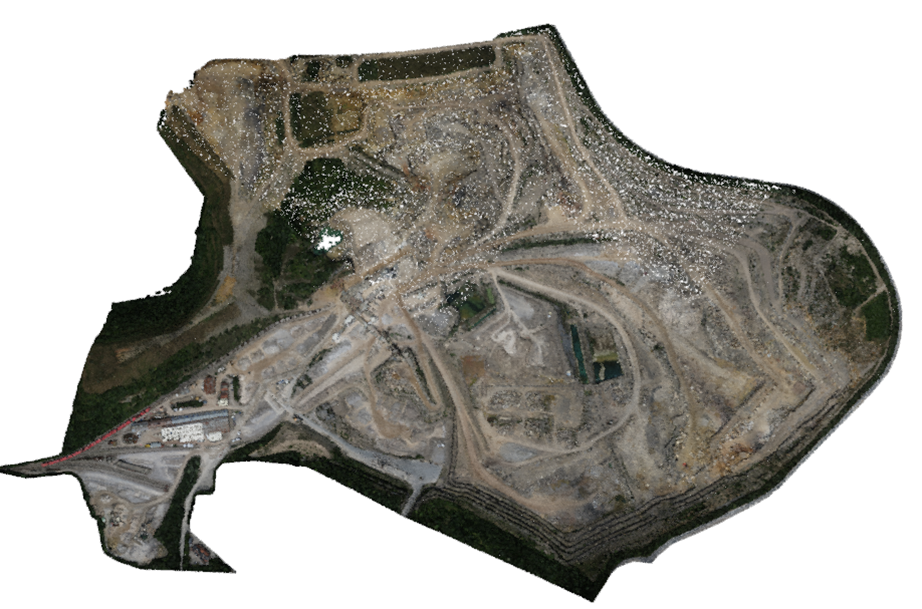
Case Study: National Renal Care
Let’s examine a case study involving National Renal Care and its relation to big data and real-time rendering. National Renal Care is a kidney care organization located in South Africa. Christopher Commin, an accountant at the company, needed a method for presenting the company’s financial data and geographic relationships among its various facilities in an engaging and interesting manner.
After spitballing ideas with the company’s IT supervisor, Commin came up with an idea to create an interactive real-time experience that incorporated geographical data, per-location statistics, and 3D models of present and future facilities.
Using a real-time rendering service called Unreal Engine, Commin created a map of South Africa containing icons that marked each renal care facility using GPS coordinates. Commin also included information on the local South African municipality each facility serviced. People can use this information to research the geographical relationship between different buildings as well as population statistics and renal prevalence in certain areas. With this data, they can determine where they need to invest their resources the most.
13. Relying on Artificial Intelligence to Produce 3D Rendered Images
Developers and artists are starting to rely on artificial intelligence to help create 3D rendered images. For many companies, the process to create these sophisticated images is slow and tedious. But thanks to AI, designers can speed up and streamline the rendering process.
Samsung researchers have recently created an AI that generates 3D renders of video scenes. The AI converts video input into various points that represent a scene’s geometry. The points are then rendered into computer graphics with the help of a neural network. While this particular AI program still has a long way to go in its development, it is a testament to how integral such technology may be in the careers of 3D rendering designers and engineering design freelancers.
The Direction of 3D Rendering and Virtualization
According to CGAxis, the 3D rendering software market is expected to grow to $5.63 billion by 2025. It is also expected to progress at a Compound Annual Growth Rate (CAGR) of 22.5%. Marketing firms and advertising departments at companies from different industries play a huge role in the market’s growth due to their increasing reliance on 3D rendering software.
A growing number of companies use it to create enticing images that show off their products’ best features. They also use it to display their products in simulated environments and from multiple angles.
Companies Dominating the Market
Due to the increase in demand for 3D rendering services, organizations have also increased their focus on research and development toward more advanced 3D software. As the market continues to grow more competitive, companies must adapt and find any way possible to help themselves stand out from the competition. The industries currently dominating the 3D rendering market include:
- Construction and Real Estate
- Automobile
- Manufacturing
- Entertainment: Film and Video Games
- Health Care
- Fashion
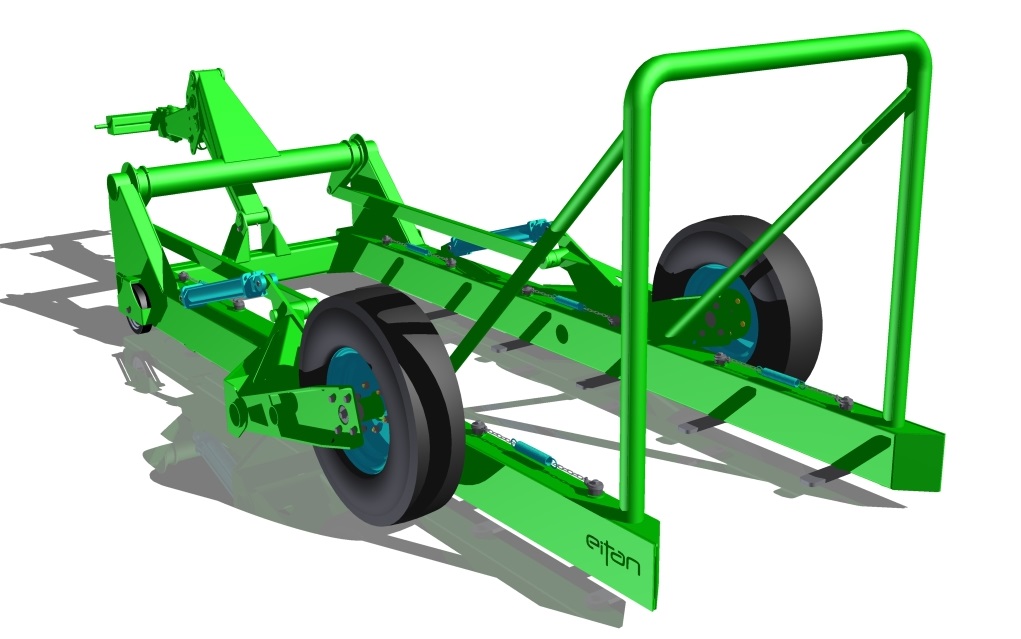
That’s not to say that 3D rendering services are limited to companies in these industries alone. 3D rendering has already extended itself to a diverse array of businesses. It is only a matter of time until it reaches Education, Hospitality, Finance, and other outside industries.
Regions and Businesses at the Forefront of Advancement In 3D Rendering
As of now, North America holds over a 35% share in the 3D rendering market. The Asia Pacific is expected to grow at a CAGR of 24% percent from 2018 to 2025. This dramatic increase stems from the rapid industrialization and urbanization in various parts of the Asia Pacific.
Unsurprisingly, 60% of shares in the 3D rendering market come from large businesses. This is because they are staffed with departments that are dedicated to using full-service 3D rendering capabilities for all of their operations and marketing needs.
This includes the design, development, and manufacturing of prototypes and models for different products. They also tend to have a larger budget that allows them to shell out the necessary money to create 3D product images and models.
Major Players In the 3D Rendering Arena

Make sure you keep an eye on these companies during the next several years, as they are the major players and influencers in the growing world of 3D rendering.
Because most of the companies on this list develop and produce 3D rendering software, it will be critical for you to familiarize and train yourself on them to remain a lucrative freelance candidate in the eyes of potential clients.
- Pixar: As the studio behind animated hits such as Coco and Toy Story, it should come as no surprise to anyone that they are currently using 3D rendering for their stunning design and film projects.
- NVIDIA – Chaos Group: The Chaos Group is an international leader in computer graphics. Everyone from design studios and architectural firms to visual effects companies employ this cutting edge software. By building technology that allows artists and designers to create photorealistic imagery and animation, they can help shape the future of creative storytelling and digital design.
- AUTODESK: AUTODESK is another company that creates software for designers and artists working across the architecture, construction, media, and entertainment industries.
- NextLimit: NextLimit, a simulation technologies company, is a leading firm in high-fidelity simulation and visualization technologies. Its newest software, ANYVERSE, allows users to train autonomous vehicles in virtual scenarios.
- Robert McNeel: Robert McNeel and Associates is the company behind Rhinoceros, a sophisticated 3D rendering and modeling program for designers. This software is especially useful for people who enjoy using a simple and fast method to convey their designs to clients and stakeholders.
- Cebas: Cebas’ primary mission is to develop innovative algorithms that enable artists to create and manipulate compelling visual effects for clients and businesses. Users can maintain complete artistic control over their projects thanks to Cebas’ sophisticated rendering technology.
- OTOY: OTOY’s Academy Award-winning technology continues to redefine the media and entertainment industry as we know it. Visual effects studios, artists, animators, and designers, and architects employ OTOY for the creative freedom it grants them as well as the powerful content creation and distribution services rendered by the cloud.
How Cad Crowd Can Help You Find Your Next Project
As a service firm or CAD freelancer, you are constantly on the lookout for your next big client. Unfortunately, finding your new favorite client can be tricky. Some freelancers cold email companies, while others rely on word-of-mouth referrals. This system can easily become tiresome, especially if you have a load of clients you are handling at the same time. Acquiring new and exciting projects shouldn’t come at the expense of your current ones.
This is where Cad Crowd comes in. Cad Crowd matches contractors with companies looking for help in 3D design, rendering, printing design, and animation. Their database of nearly 25,000 CAD designers and engineers from around the world have found lucrative opportunities through them. If you are ready to take the next step in your freelance career, contact us today.
